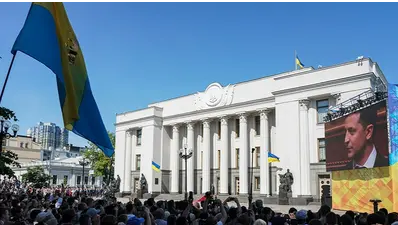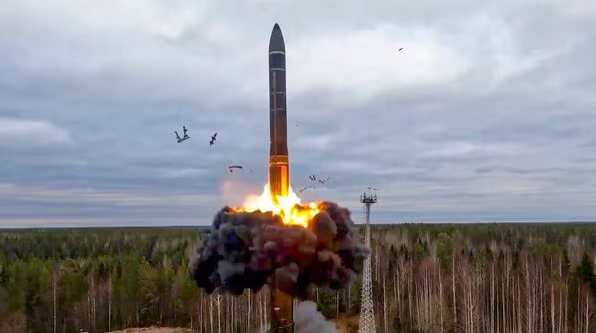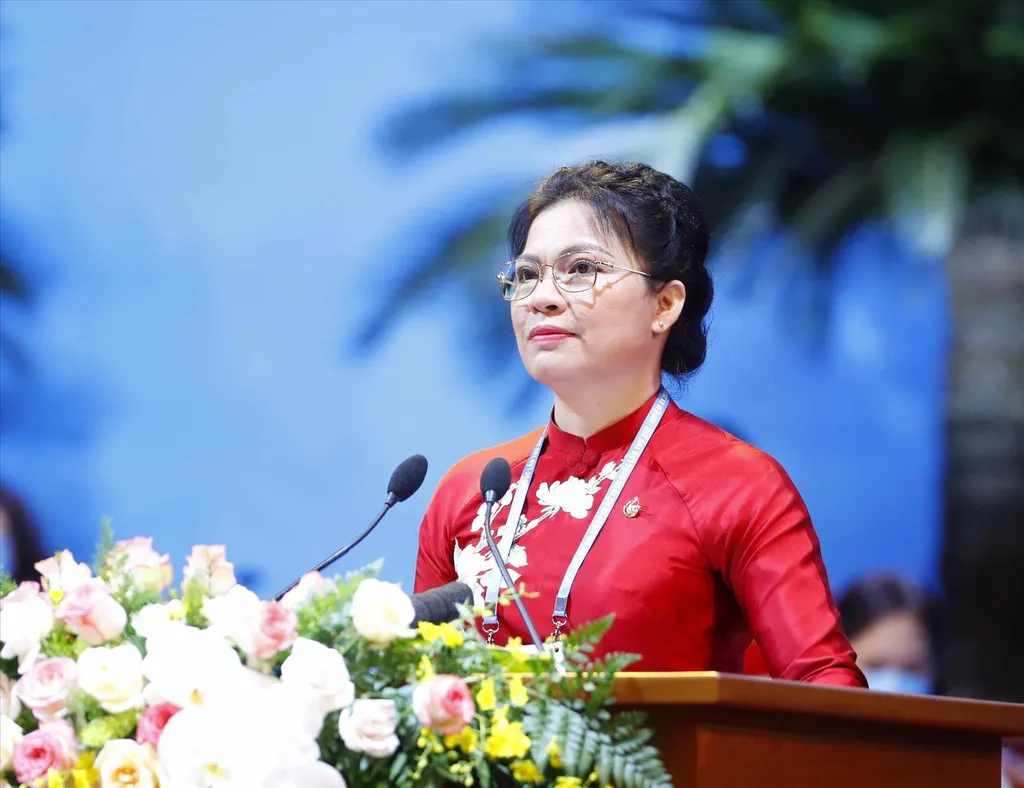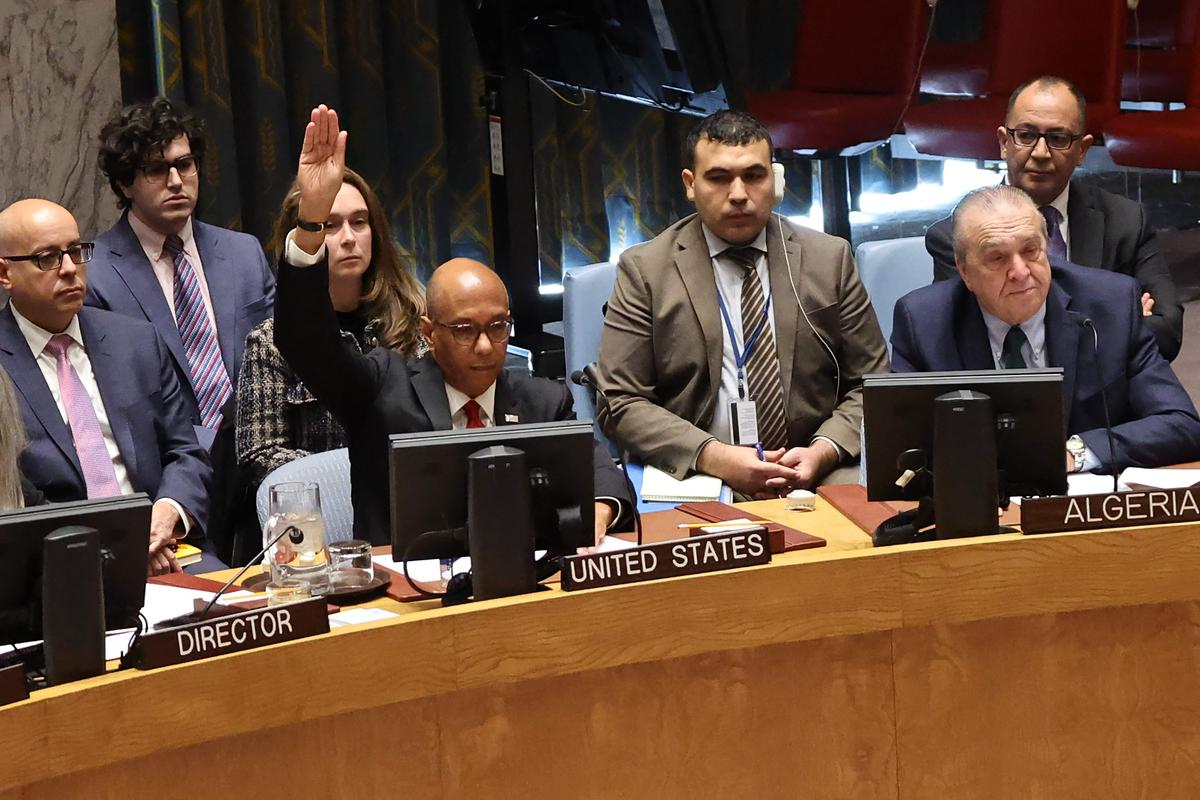
Spiritual, not spooky. After Halloween, Christians observe All Saints' Day
Associated Press Hong Kong: Warsaw (Poland), Nov 1 (AP) It's the time of year tradition says when the veil between the worlds of the living and the dead is lifted. That traditional belief has morphed over the centuries into the spooky and secular celebration of Halloween. But one day later, Christians in many countries around the world are celebrating All Saints' Day on Friday, a sombre and spiritual day in the church's liturgical calendar that shares pagan roots with Halloween. The word “Halloween” derives from “All Hallows Eve,” which means the eve of All Saints' Day, a holiday that has also been known as All Hallows.
It honours martyrs and saints those who were hallowed, or deemed holy a tradition begun by the Roman Catholic church in the early medieval period. Scholars believe that the spectral aspects of Halloween emerged primarily from Samhain, an ancient Celtic festival that occurred during the harvest season, said Morgan Shipley, a professor of religious studies at Michigan State University in East Lansing.
It was a time when people were “transitioning from harvest and bounty and the fullness of summer to the desolation of winter,” he said. “And it was said that in this time the veil between the physical, material human world and the spiritual world essentially dissipates away.”Some of the spirits or spectral beings were viewed as demonic in nature, and bonfires became a way to ward them away, or were used in divination by druid priests and priestesses when the veil between the material and spiritual world broke down, he said.
As Christianity spread, many pagan rituals were adapted to the new faith to be more attractive to converts. The period of reflecting on the dead continues though November 2, which is All Souls' Day. In Central Europe, the Slavic and Baltic populations had their own rituals in which the living communed with the dead between October 31 and November 1.
 English daily published in Bengaluru & Doha
English daily published in Bengaluru & Doha






